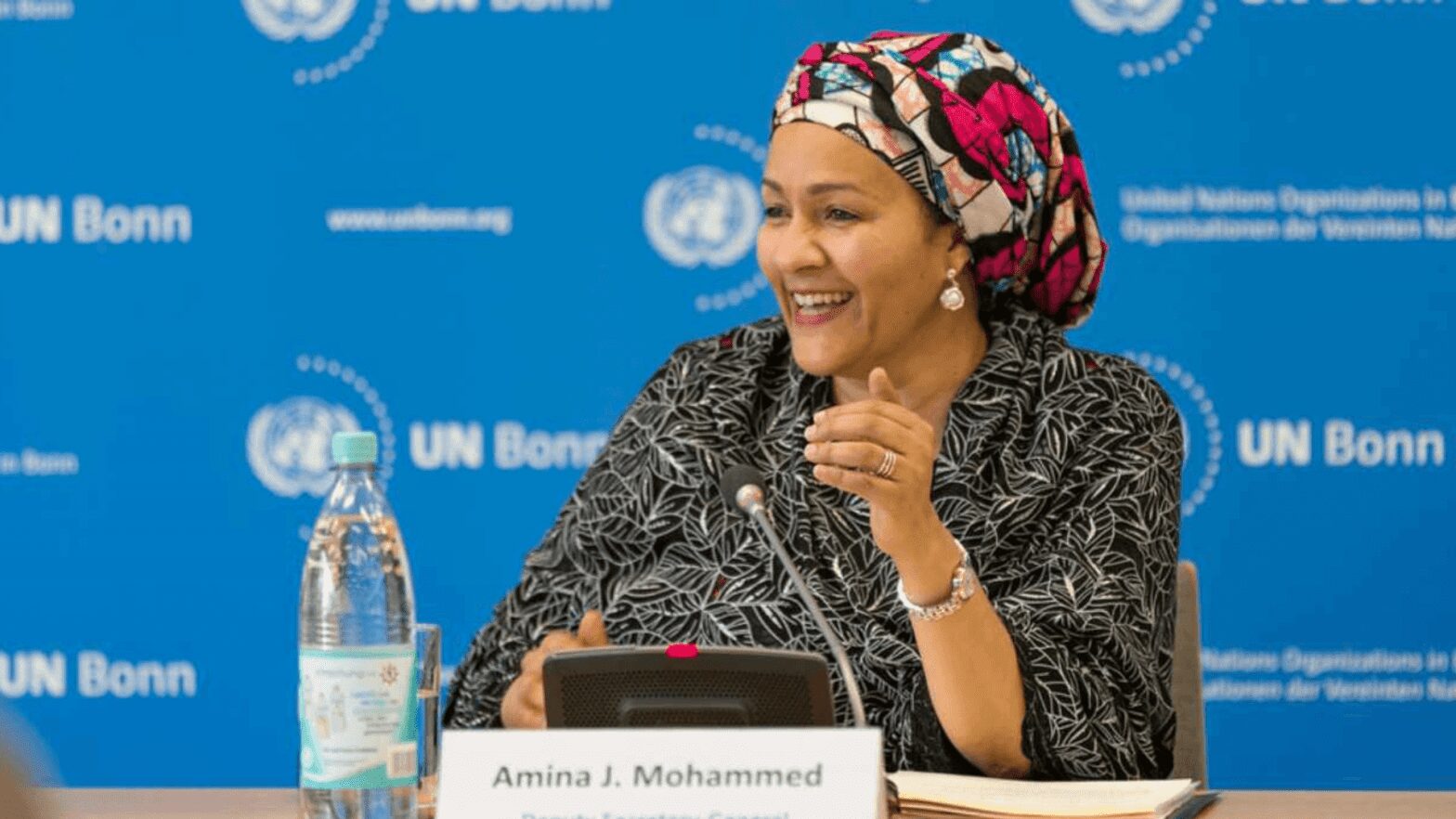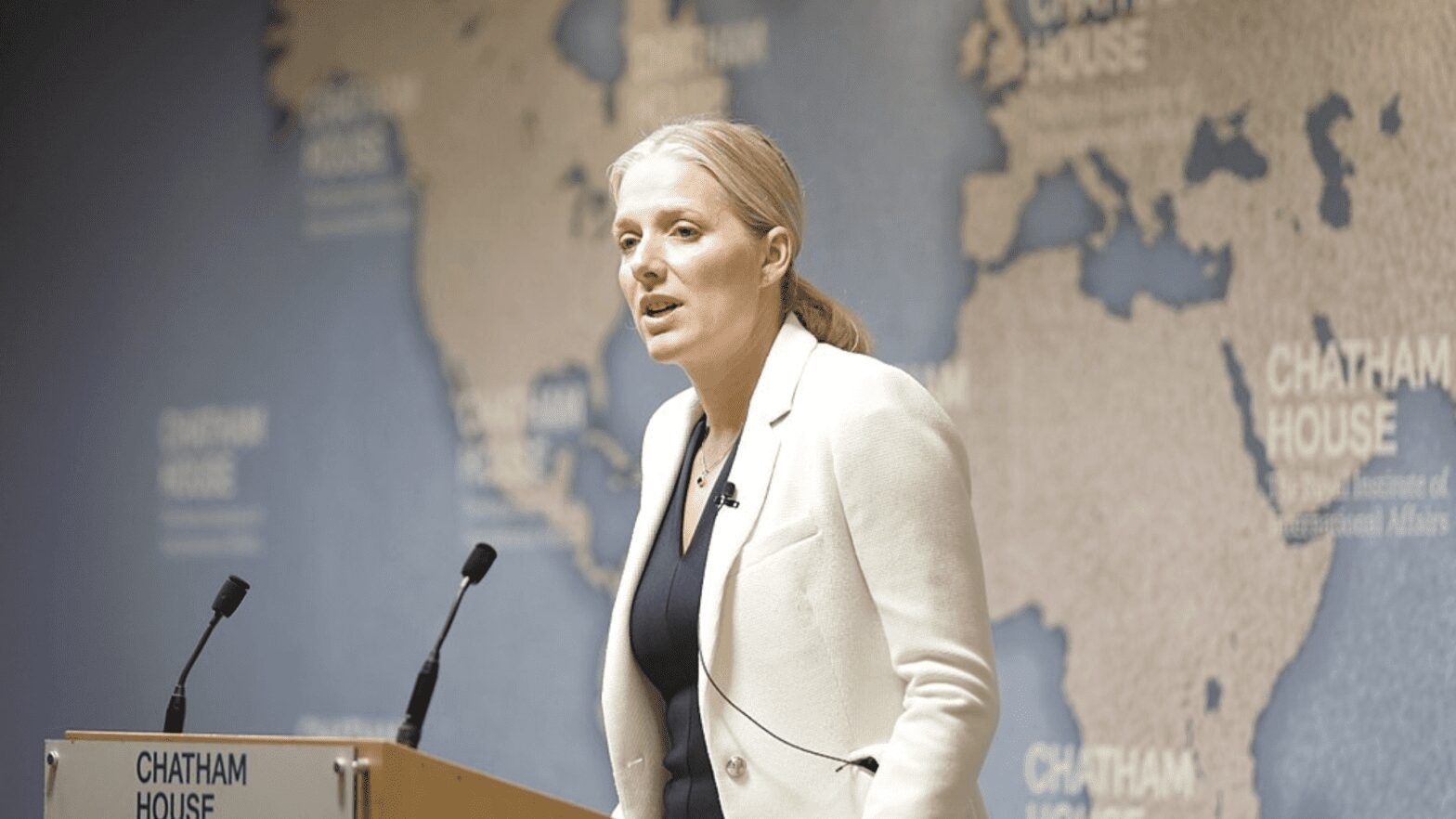In the wake of the COP28 Climate Summit, around 60 regions, including the United States and the European Union, express support for the ambitious goal of tripling global renewable energy capacity to reach 11 terawatts (TW) by 2040. Highlighting transmission as a key player In this challenge, the analysis carried out in collaboration with researchers from Dartmouth College, Simon Fraser University, University College London and Climate Compatible Growth highlights the importance of first optimizing the distribution of resources.
Transmission emerges as the key solution for efficiently positioning these investments, resulting in a significant reduction in the need for additional generation and storage. Furthermore, the study identifies “cables to change the world“, representing global interconnection capacity between regions, and highlights six “facilitators” intended to drive broader broadcast implementation.
These measures aim to reform transmission planning and licensing, establish long-term national goals, attract investment by identifying options, prepare the workforce and supply chains, ensure stakeholder participation, and assess the potential for international cooperation. Transmission, being recognized as a strategic tool, promises to play a crucial role in achieving global renewable energy goals and building a more sustainable future.
Investment of US$1.7 Trillion in Transmission Could Revolutionize Global Power Generation, Reveals Study by TransitionZero
An analysis based on Future Energy Outlook, conducted by the climate analysis nonprofit TransitionZero, highlights the possibility of significant savings in the transition to net zero emissions by 2040. The study proposes an investment of US$1.7 billion in 1.5 terawatts (TW) of new transmission, which could result in savings of up to US$3 trillion.
The study foresees a significant increase in the production and transmission of carbon-free energy on a global scale, where networks play a central role in facilitating these changes. Regions such as Africa and Asia are highlighted as important net exporters of clean electricity, offsetting possible increases in system costs. On the other hand, North America, especially with the implementation of interconnections between the USA and Canada, presents the greatest potential for savings.
However, the research emphasizes the need for a specific balance in the Sub-Saharan Africa region, where interconnections and smaller-scale networks are fundamental. The Middle East and North Africa emerge as global electricity production centers, reaching a total system capacity of 2,000 GW and transforming these countries into exporters or hubs for other regions.
In Europe, which already has an extensive network of connections, only modest expansions are projected until 2040. However, strengthening ties between Europe and Africa is considered strategic to reduce Europe's dependence on Russia. As for China and India, they are perceived as possible regional energy leaders, with a total projected capacity of 10,600 GW for zero carbon emissions. Southeast Asia, in turn, could emerge as a regional energy hub, with countries in the region developing complementary energy systems suited to connectivity.
Future Energy Outlook: Innovative Platform for Global Energy Planning
Future Energy Outlook, an open source tool, revolutionizes Future Energy Outlook by uniting satellite and ground-based data on power plants and grid infrastructure in 163 countries, covering 99% of the world's population.
This platform optimizes the system through detailed projections about future electricity demand, fuel prices, technology costs, performance, and political and regulatory considerations. With a vision to offer a long-term perspective on the evolving energy system, Future Energy Outlook is ready for user beta launch during COP 28.
In 2024, a model builder is planned to be added to the platform's capabilities, allowing non-technical users to accelerate energy transition planning decisions through an intuitive web interface.
Stating its ultimate goal, TransitionZero seeks to create and scale a global standard for energy planning data, reinforcing its commitment to a transparent and open approach to addressing the challenges of transitioning to more sustainable energy.
















